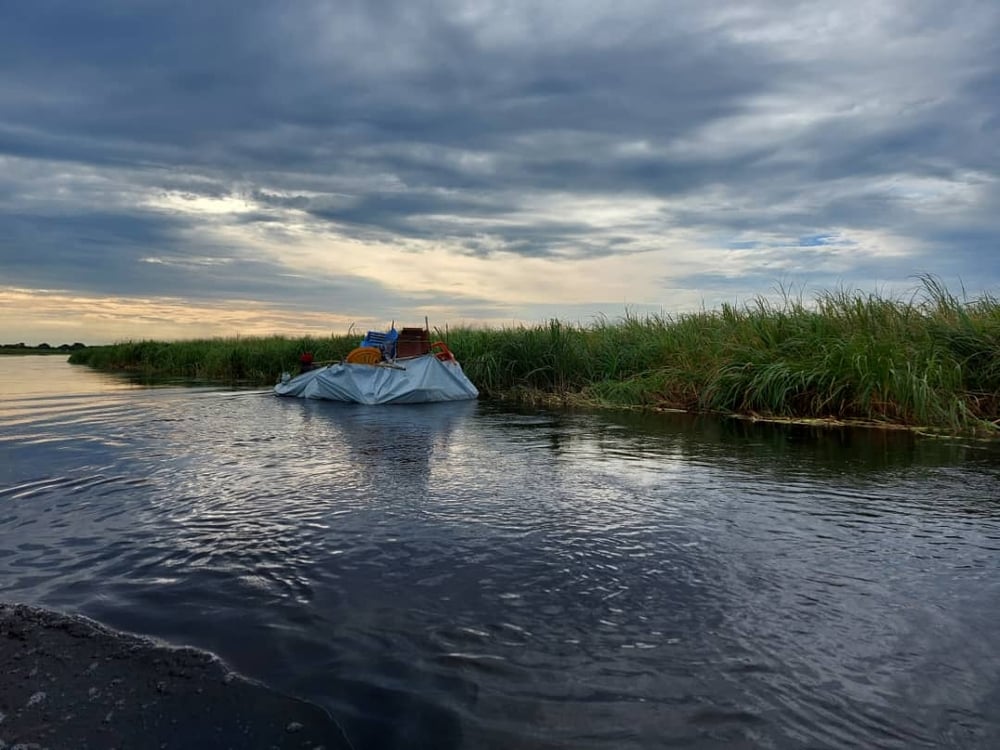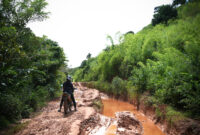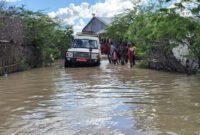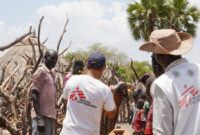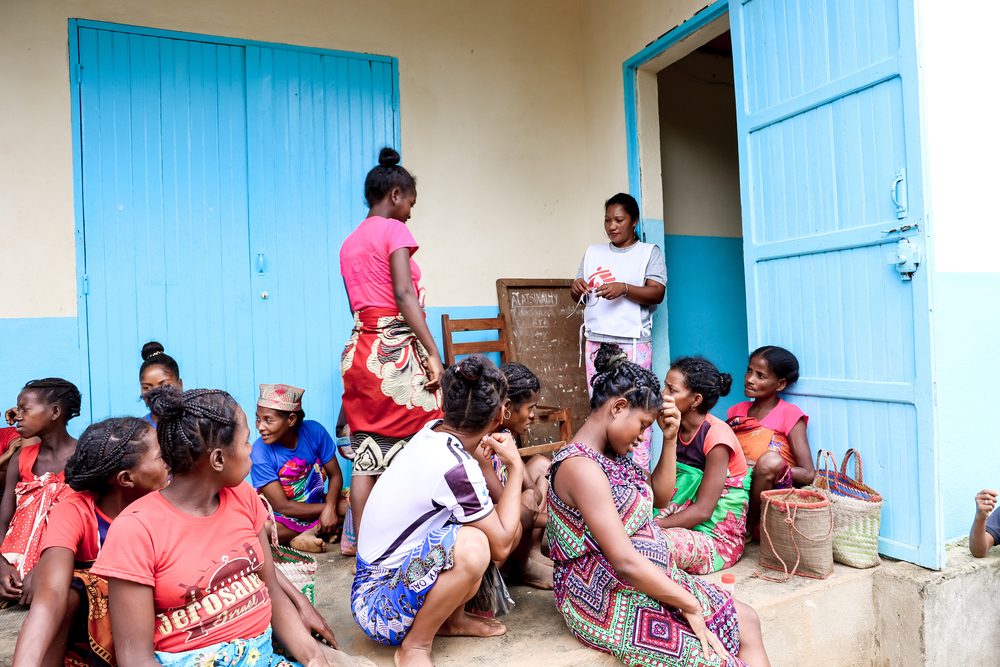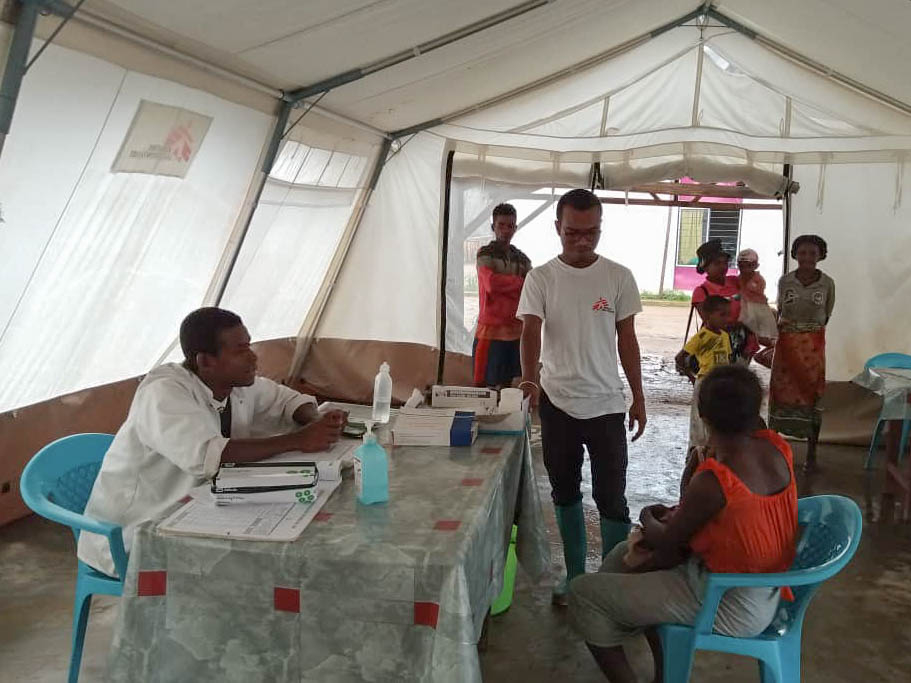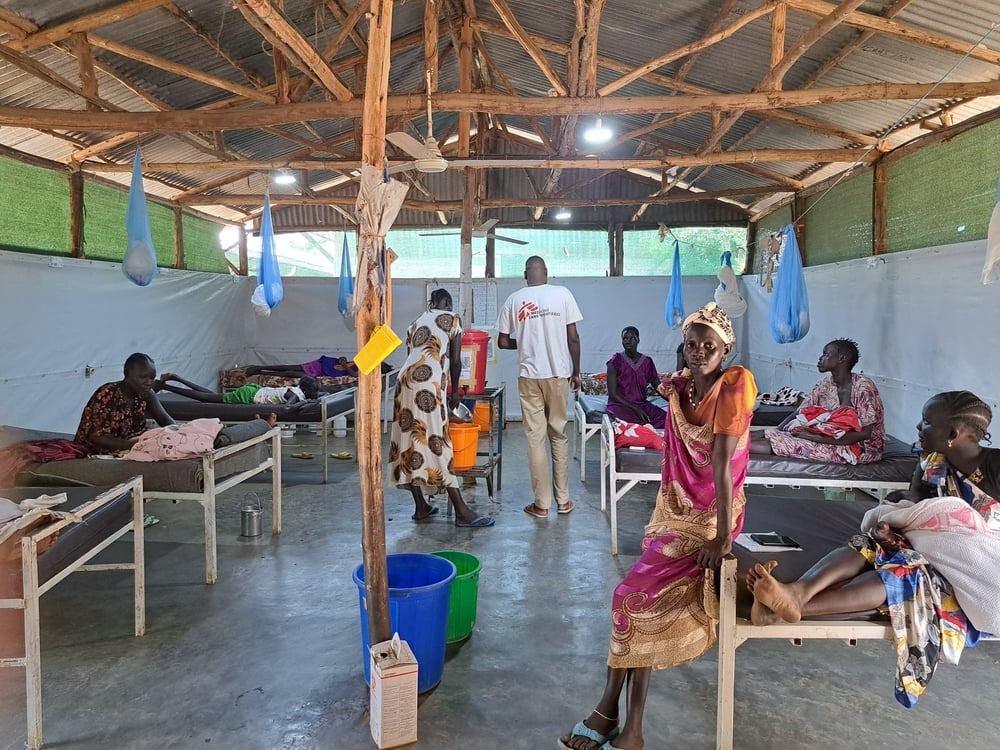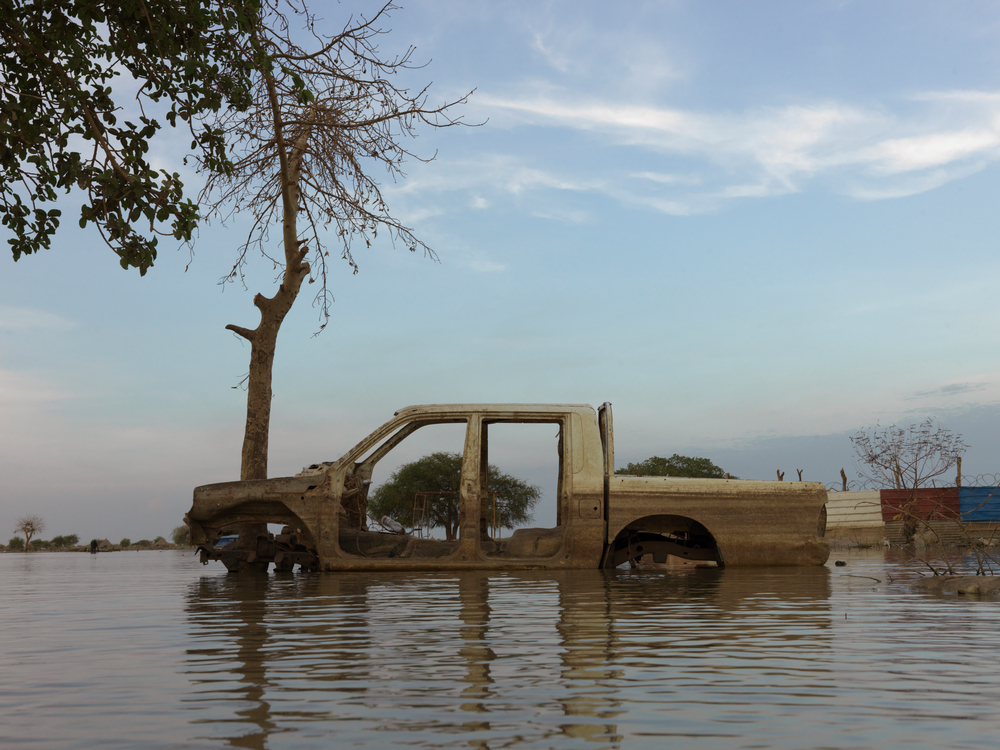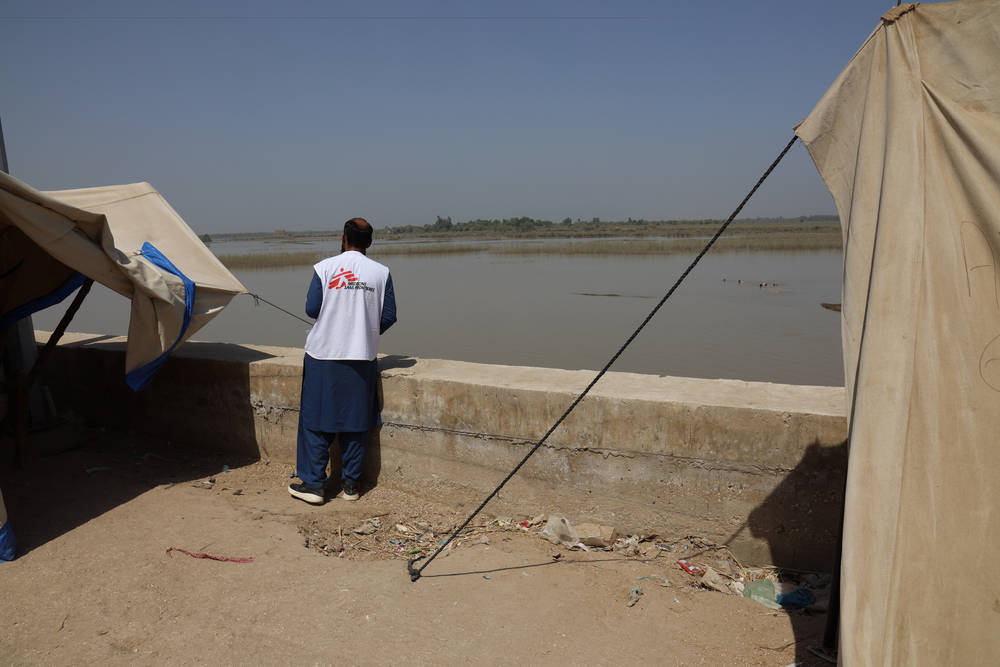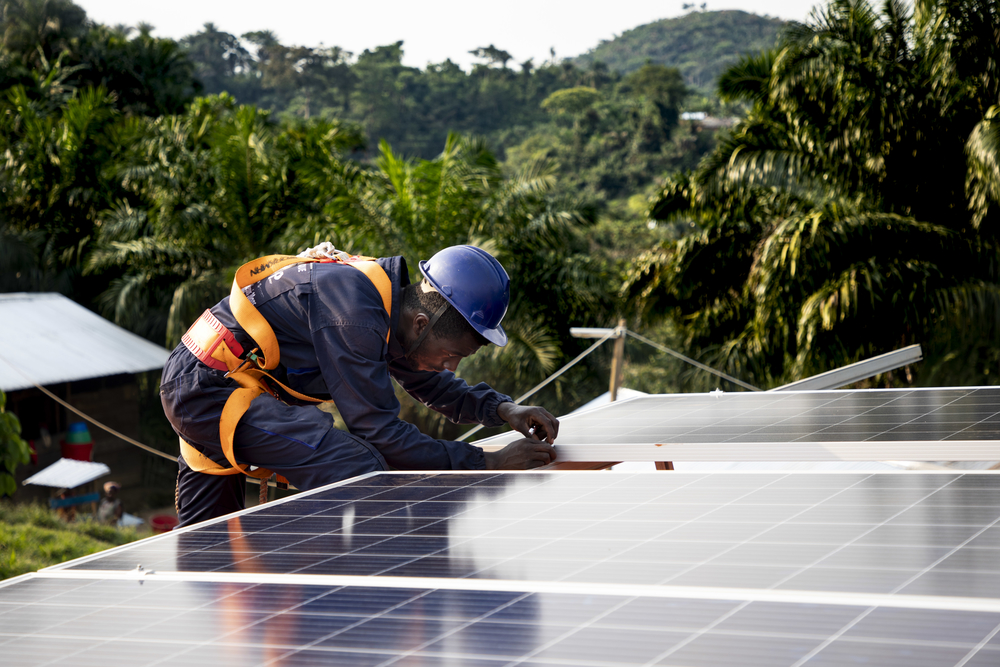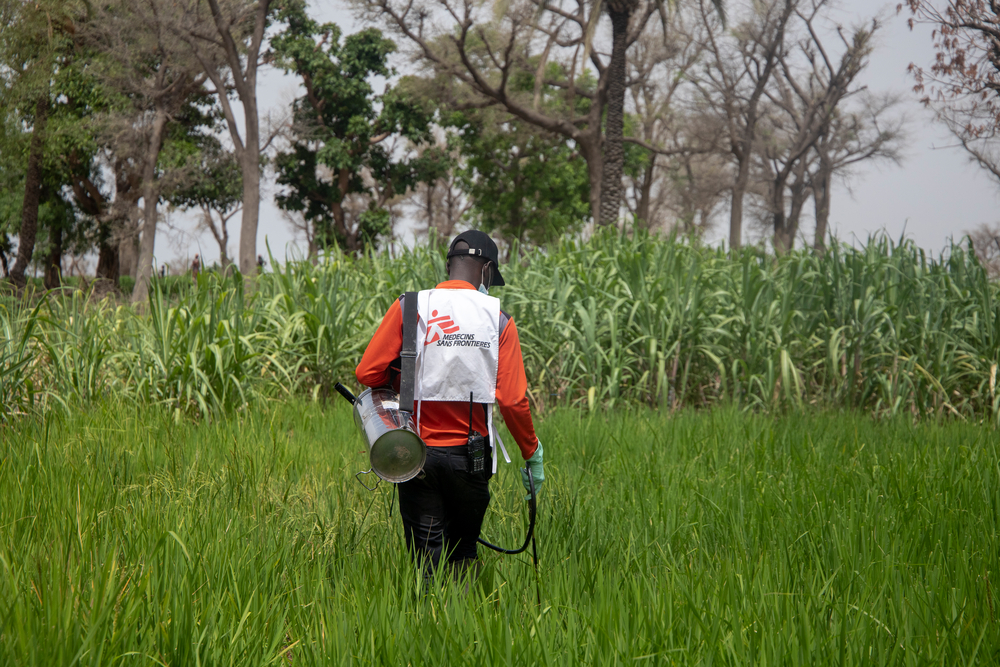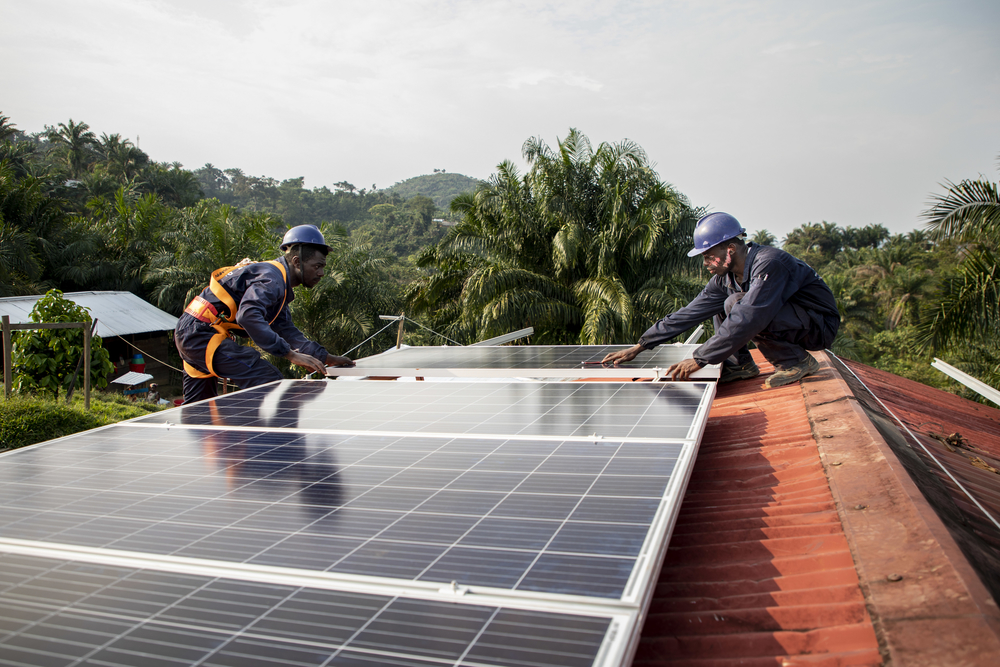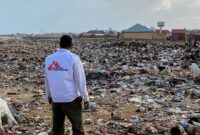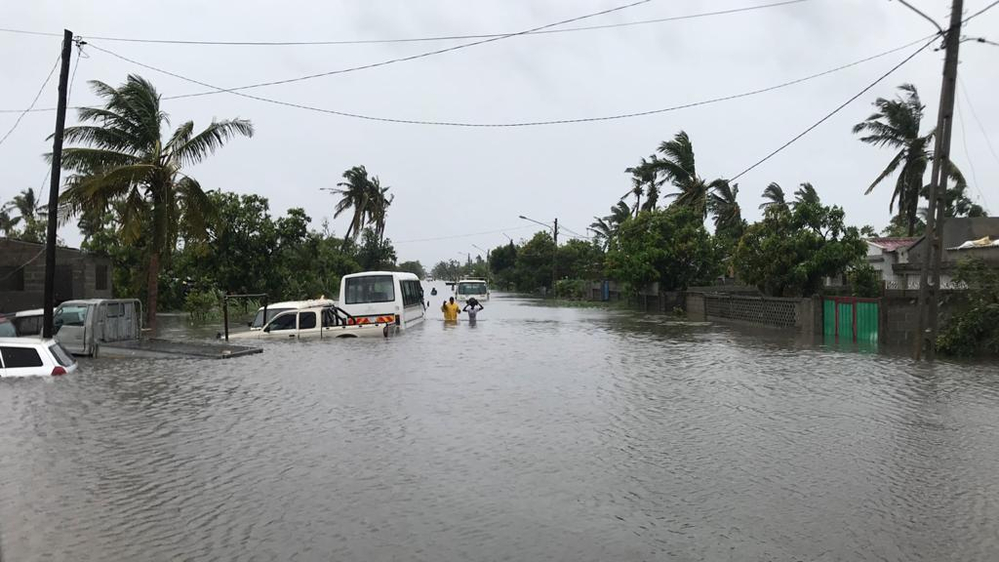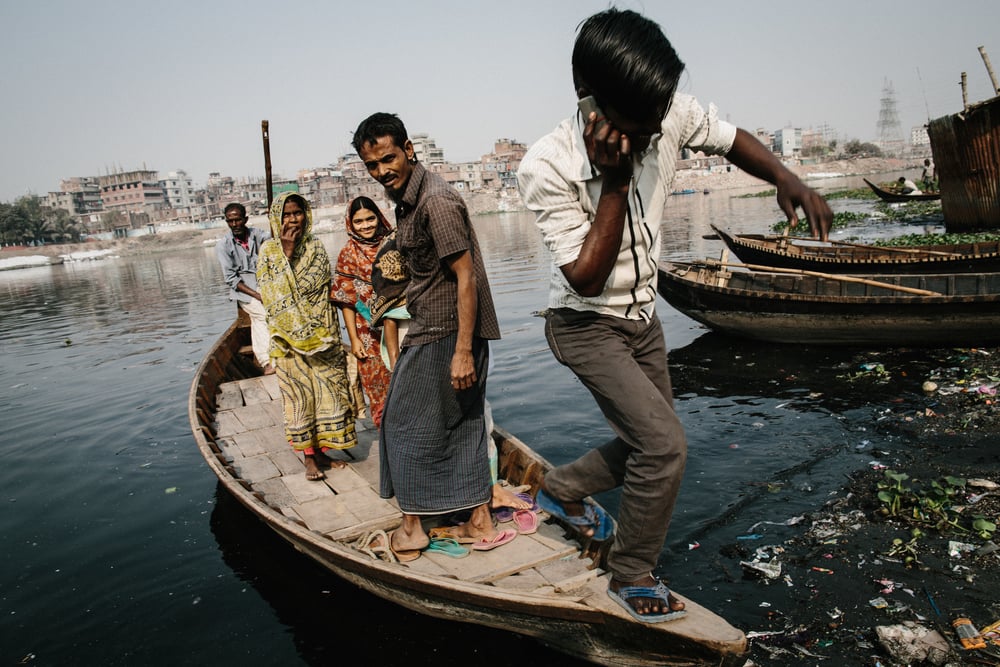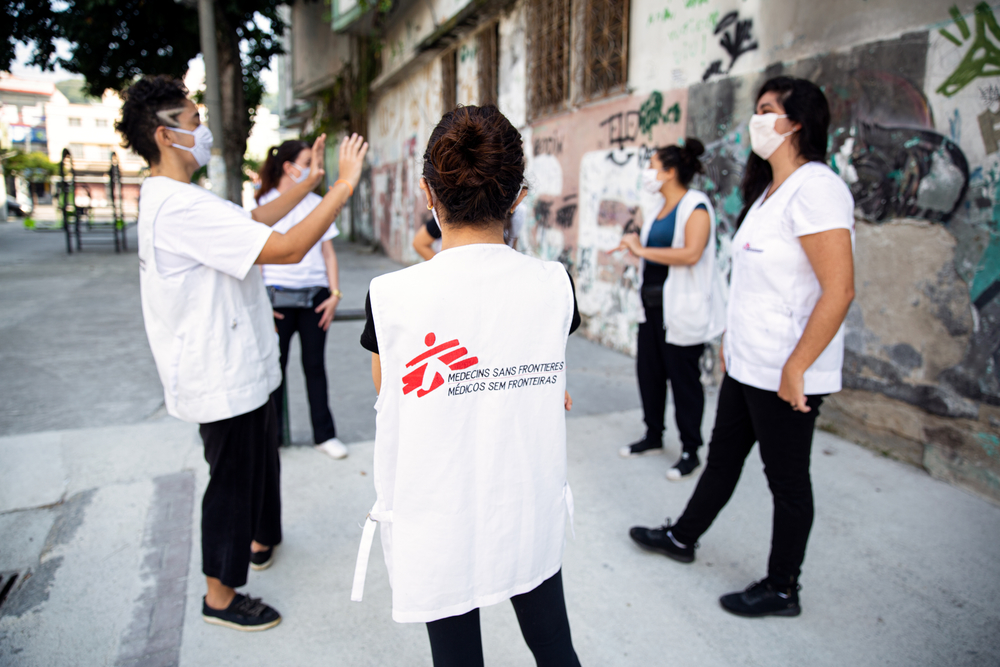Extreme floods in South Sudan and elsewhere are affecting communities already struggling to cope with multiple crises
By Michael Lawson, MSF Canada’s humanitarian affairs officer, and Léo Tremblay, a meteorologist with MSF’s Meteorological and Climate Assistance initiative
South Sudan is no stranger to crises. More than eight million people in the country are estimated to be in need of humanitarian assistance as a result of displacement, food insecurity and exposure to violence, much of which is driven by ongoing conflict. South Sudan is also one of the world’s poorest countries, and its health system depends almost entirely on international assistance — assistance that has been drastically reduced over the past year, despite the country having some of the world’s worst health indicators, for everything from maternal health and malnutrition to measles and malaria.
South Sudan is also on the front lines of an even larger and more complex international emergency: climate change. For the fourth year in a row, parts of the country are experiencing unprecedented and catastrophic levels of flooding that have driven people from their homes, destroyed crops, and cut entire communities off from food, medicine and humanitarian assistance.
Rainy seasons unlike any experienced before
A disruptive wet season in South Sudan is nothing new. Annual rains have long created difficulties in a country with few roads and little reliable infrastructure, and have frequently made it challenging for humanitarian organizations like Doctors Without Borders/Médecins Sans Frontières (MSF) to deliver aid in remote and crisis-affected areas.
But the flooding experienced in each of the past four years has been unprecedented in its intensity. South Sudan’s already torrential rainy seasons have recently been either starting sooner, lasting longer or falling much more heavily than in previous years. Some of this season’s rains have been falling on areas from which the previous year’s record-setting floodwaters never fully receded, despite South Sudan’s formidable dry season.
The impact of this has been dire. Thousands of people have been driven from their homes, and in the midst of an ongoing food-security crisis – in which the World Food Programme estimates that almost 75% of South Sudan’s population is in need of food assistance, in part due to the destruction of previous years’ harvests by earlier floods – crops and livestock have again been destroyed just when they are needed most. Floodwaters carrying waste and sewage have contaminated drinking water and exposed people to the spread of disease and other health risks. The result has been a humanitarian disaster, for a population that already endures far too many of them.
The most vulnerable are the hardest hit
The impact has been particularly hard on people already at risk from other ongoing crises. Last month, people trying to flee outbreaks of violence in Upper Nile State were stranded by rising waters, unable to seek refuge or care, even as they also faced a growing number of cases of malaria, upper respiratory tract infections and diarrhea as a result of the flooding and the loss of their homes. In Bentiu, in Unity State — where MSF runs a primary-care hospital in a camp for people displaced by South Sudan’s conflicts, and where overcrowded and unsafe living conditions are already drivers of disease outbreaks and other public health emergencies — protective dikes have been breached and a series of berms is all that is keeping more than 100,000 already vulnerable people from being inundated, with nowhere else to go.
In an environment in which the loss of international funding has already reduced the activities and presence of many vital humanitarian agencies — affecting everything from the distribution of food aid to the maintenance of basic water and sanitation systems in camps like Bentiu, where many people displaced by violence remain unable to leave — the extreme floods make it very difficult for those who remain on the ground, such as MSF, to meet the growing needs.
Complex crises and challenging solutions
What can be done? As with many climate-related emergencies, some of the root causes of South Sudan’s floods are far away from the lives of those most immediately affected. The year-to-year rainfall variations from one wet season to another in eastern Africa are linked with climate phenomena like El Niño–Southern Oscillation (ENSO) and the Indian Ocean Dipole, which are expected to intensify under a warmer climate.
The increasing frequency of these complex phenomena is ultimately linked to higher global carbon emissions, which means people in South Sudan and elsewhere are paying for problems they largely did not create (Canada, for example, produces roughly 100 times more carbon emissions per capita than South Sudan), and for which there are few immediate solutions. Efforts to mitigate the worst impacts of such a complex international crisis are beyond the means of South Sudan alone.
Right now, the most immediate need is to protect at-risk communities, and to ensure assistance can reach those displaced by the floods or who are otherwise affected. Protective dikes need constant reinforcement, especially around particularly vulnerable places like Bentiu, where critical water and sanitation systems need to remain functional. Shelter, food assistance and medical care must be urgently delivered to those most in need. With the war in Ukraine and other crises dominating attention and diverting aid, this is more challenging than ever.
Mitigation efforts are urgently needed
But with extreme flooding becoming a new normal – not just in South Sudan, but in Pakistan, Nigeria, Chad and elsewhere – we must also become better prepared. Knowing when and where to expect floods, and investing in mitigation efforts ahead of time, must become a priority for humanitarian agencies and their donors. In 2021, the dikes protecting Bentiu were very nearly completely breached; now, they may again soon be overwhelmed.
Better forecasting and more information are also crucial. Satellite data and weather models can enable humanitarian actors to predict future flooding through hydrological models. Unfortunately, no such reliable hydrological models exist in South Sudan. MSF has been advocating and partnering with other organizations to improve flood prediction capacities, to better anticipate how our areas of intervention will be impacted by the surging wet seasons, and to prepare our response efforts in those places expected to be the worst hit.
MSF’s Meteorological and Climatic Assistance unit, based in Canada, draws on publicly available satellite imagery, and the conditions being recorded by MSF’s aid workers on the ground in South Sudan and elsewhere, to develop simple forecasts that will help our teams anticipate the greatest needs in the places where we work. But this type of information needs to be collected and analyzed at a scale much bigger than what we are able to manage on our own as an independent humanitarian medical organization. Government space agencies, universities and other researchers can help provide data and produce better models that can be shared with humanitarian actors and other responders.
Unfortunately, South Sudan’s crises, even those linked to a global climate emergency that affects all countries, rarely receive wide attention, and international support for humanitarian efforts in the country has recently been in retreat, in spite of the increasing urgency of the needs. This year’s floods may have once again been unprecedented, but they can no longer be considered a surprise. Until more is done to better prepare for this new reality, many people in South Sudan will find themselves at the mercy of yet another crisis.
